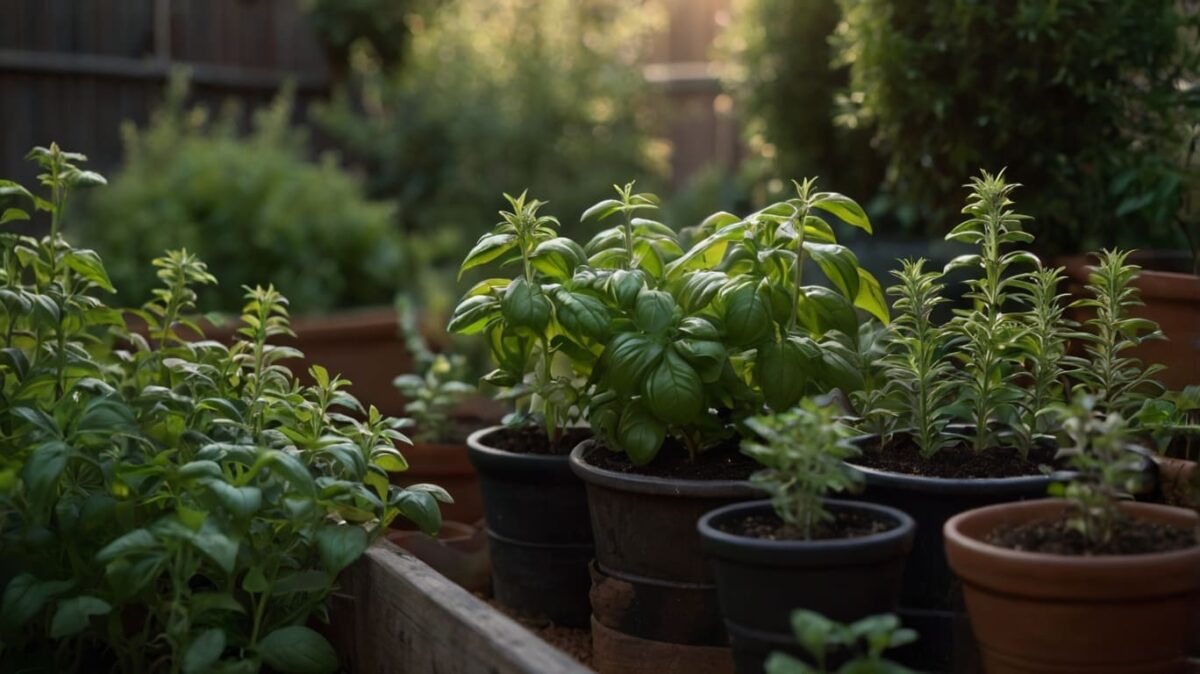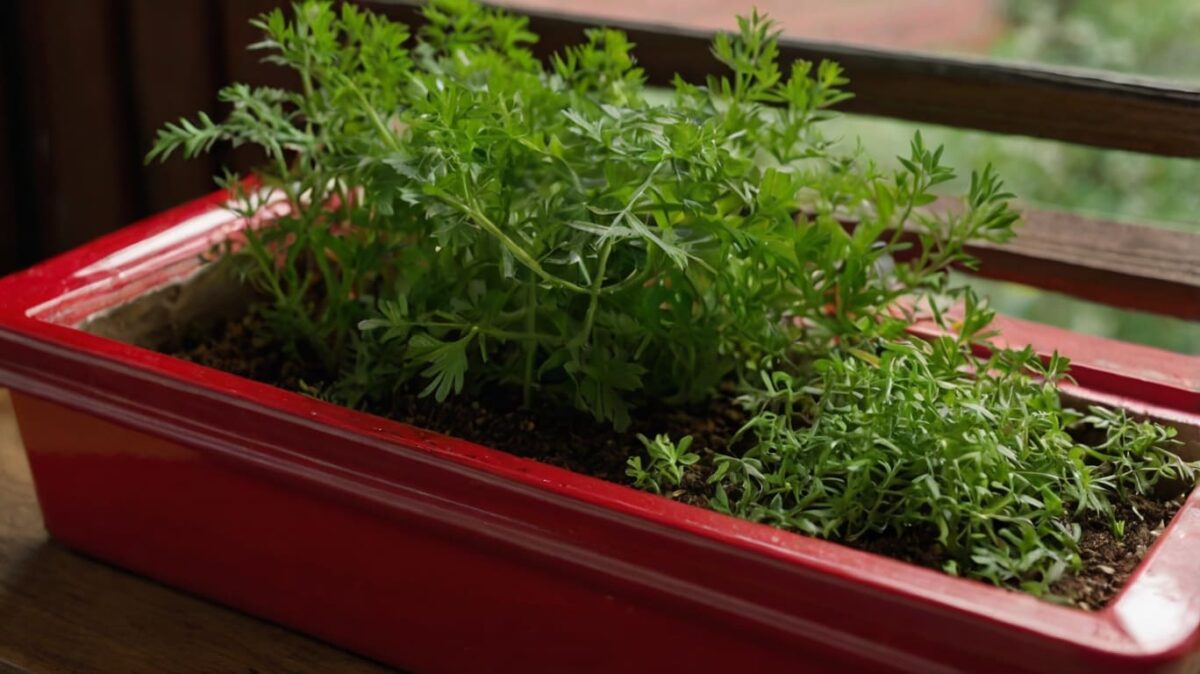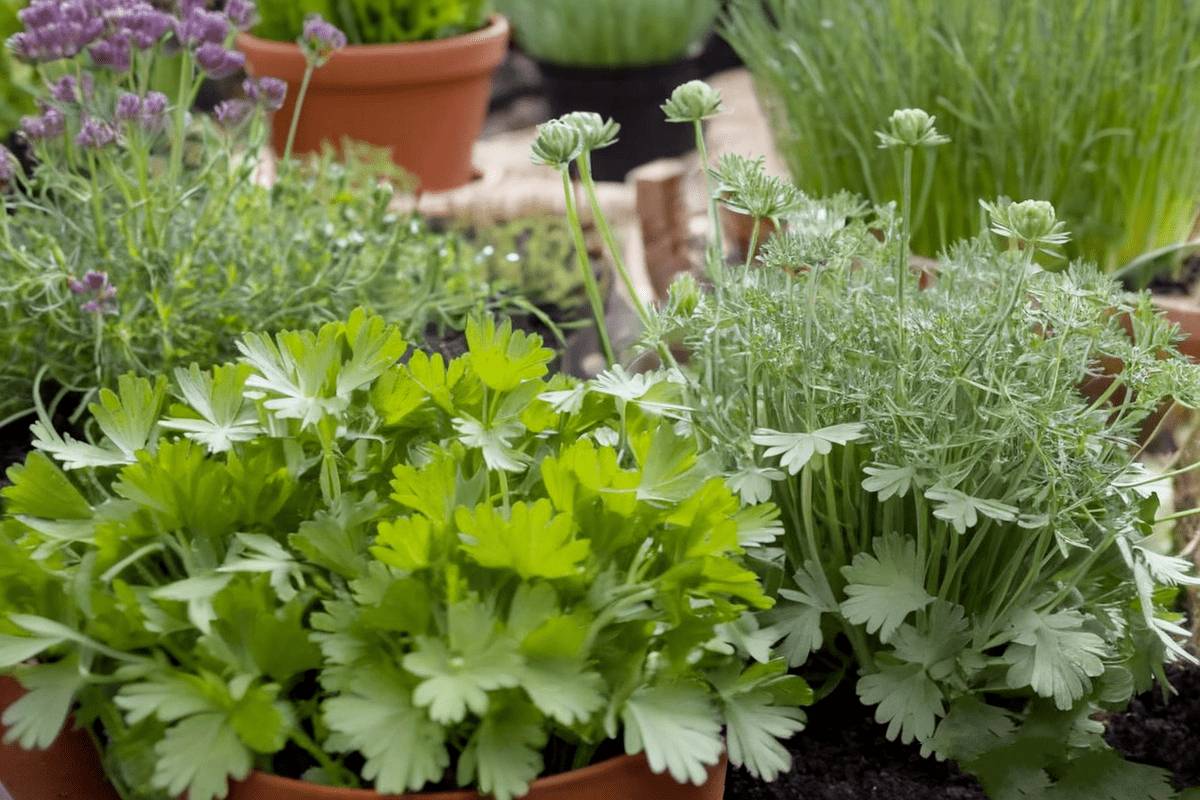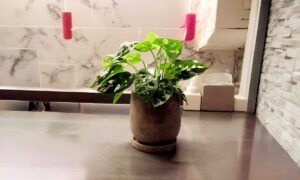
When planning your herb garden, certain combinations can enhance growth, deter pests, and even improve flavor. By strategically planting these three herbs together, you can create a flourishing and low-maintenance garden that benefits both you and your plants. Here are four winning combinations to try in your herb garden:
In this article
Lavender, Rosemary, and Thyme

I’ve had great success growing lavender, rosemary, and thyme together. These herbs thrive in similar dry conditions and love full sun, which makes them perfect for my sunny garden spots. Lavender’s fragrant blooms attract pollinators, while rosemary and thyme provide a robust flavor profile that I can use in various dishes.
What I appreciate most about this trio is their resilience. They’re drought-tolerant once established, which means I can spend less time watering and more time enjoying my garden. Plus, their aromatic oils help deter pests like aphids and moths, keeping my garden healthy without the need for chemical interventions.
These Mediterranean herbs not only look beautiful together, but they also thrive in similar growing conditions:
- Full sun exposure (6-8 hours per day)
- Well-drained, slightly alkaline soil
- Infrequent watering
Lavender, rosemary, and thyme also share insect-repelling properties, making them an excellent choice for deterring pests like aphids, moths, and fleas. Plant this trio together in a raised bed or along a sunny border for a stunning and functional herb garden.
Culinary Uses:
- Lavender can be used to make tea, lemonade, or used in baked goods like shortbread
- Rosemary pairs well with roasted meats, potatoes, and in focaccia bread
- Thyme is commonly used in soups, stews, and as a seasoning for poultry and fish
Medicinal Uses:
- Lavender is known for its calming properties and can be used to help with sleep and relaxation
- Rosemary has been used to improve memory and brain function
- Thyme has antiseptic properties and can be used to treat respiratory issues
Basil, Tarragon, and Oregano

Basil, tarragon, and oregano have become staples in my Mediterranean-inspired cooking. I plant them together because they share similar moisture and sunlight requirements, making them easy to care for. Basil is a must-have for my pesto and caprese salads, while tarragon adds a unique flavor to my dressings and sauces.
What’s fantastic about this combination is how well they support each other. Oregano, in particular, helps keep pests at bay, especially those pesky aphids that love to target basil. I’ve noticed that when I grow these herbs side by side, they seem to flourish more than when planted alone.
This Mediterranean trio works well together, as they share similar growing needs:
- Full sun to partial shade
- Moist, well-drained soil
- Regular watering
Oregano, in particular, can help deter pests that commonly affect basil and tarragon, such as aphids. Basil and tarragon also make great companions in the kitchen, as their flavors complement each other in many dishes.
Culinary Uses:
- Basil is a key ingredient in pesto and pairs well with tomatoes
- Tarragon is used in béarnaise sauce and to flavor chicken and fish
- Oregano is a staple in Italian and Greek cuisine, used in pizza, pasta, and salad dressings
Medicinal Uses:
- Basil has anti-inflammatory properties and can help with digestive issues
- Tarragon has been used to treat toothaches and muscle pain
- Oregano is high in antioxidants and has been used to treat respiratory infections
RELATED: 5 Simple Steps to Grow Basil from Store-Bought Plants
Lemon Verbena, Dill, and Cilantro

This combination of lemon verbena, dill, and cilantro has been a game-changer in my garden. I love how lemon verbena adds a refreshing citrus note to my herbal teas and desserts. Dill is perfect for pickling and pairs beautifully with fish, while cilantro is a staple in my salsas and Asian dishes.
Growing these herbs together has also attracted beneficial insects to my garden. I’ve seen ladybugs and tachinid flies swooping in, which helps control aphid populations. It’s rewarding to know that I’m not just growing herbs for my kitchen but also fostering a healthy ecosystem in my garden.
Growing Conditions:
- Full sun to partial shade
- Moist, well-drained soil
- Regular watering
Culinary Uses:
- Lemon verbena can be used to make tea, lemonade, or added to fruit salads
- Dill is commonly used in pickles and pairs well with fish and potatoes
- Cilantro is a key ingredient in salsa and guacamole, and is used in many Asian dishes
Medicinal Uses:
- Lemon verbena has been used to treat digestive issues and reduce fever
- Dill has been used to treat insomnia and reduce inflammation
- Cilantro has been used to help detoxify the body and lower blood sugar levels
RELATED: How growing your own kitchen herbs will save you money
Parsley, Sage, and Chives

Parsley, sage, and chives are another trio that I can’t recommend enough. Parsley is incredibly versatile; I use it in everything from salads to sauces. Sage is a powerhouse in my stuffing recipes, and chives add a mild onion flavor that elevates my baked potatoes and omelets.
What I love about growing these three together is their complementary growth habits. They all thrive in similar soil conditions and don’t compete for resources. Plus, sage acts as a natural pest deterrent, which helps keep my parsley and chives healthy. This combination not only provides a variety of flavors but also makes my garden visually appealing with its different textures and colors. Together, they create a low-maintenance and productive herb garden.
Culinary Uses:
- Parsley is used as a garnish and in salads, soups, and sauces
- Sage is commonly used in stuffing and pairs well with pork and poultry
- Chives add a mild onion flavor to baked potatoes, eggs, and dips
Medicinal Uses:
- Parsley is high in vitamins A and C and has been used to treat urinary tract infections
- Sage has been used to treat sore throats and improve memory
- Chives have been used to treat high blood pressure and boost the immune system
When planting these combinations, be sure to:
- Choose a sunny location with well-drained soil
- Space plants according to their mature size to avoid overcrowding
- Water regularly, especially during dry spells
- Mulch around plants to retain moisture and suppress weeds
By selecting these winning herb combinations, you can create a thriving and pest-resistant herb garden that provides both beauty and bounty.
YOU MAY ALSO LIKE: 8 Herbs That Grow Well in Pots
Happy gardening!







